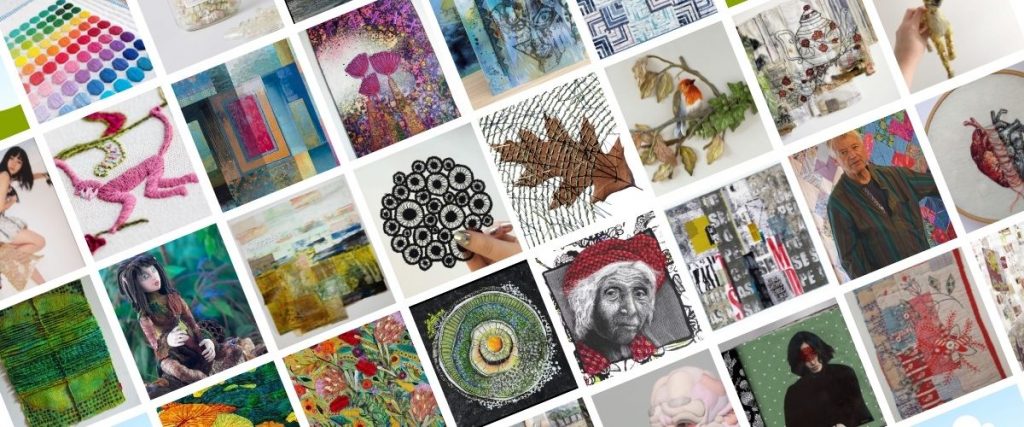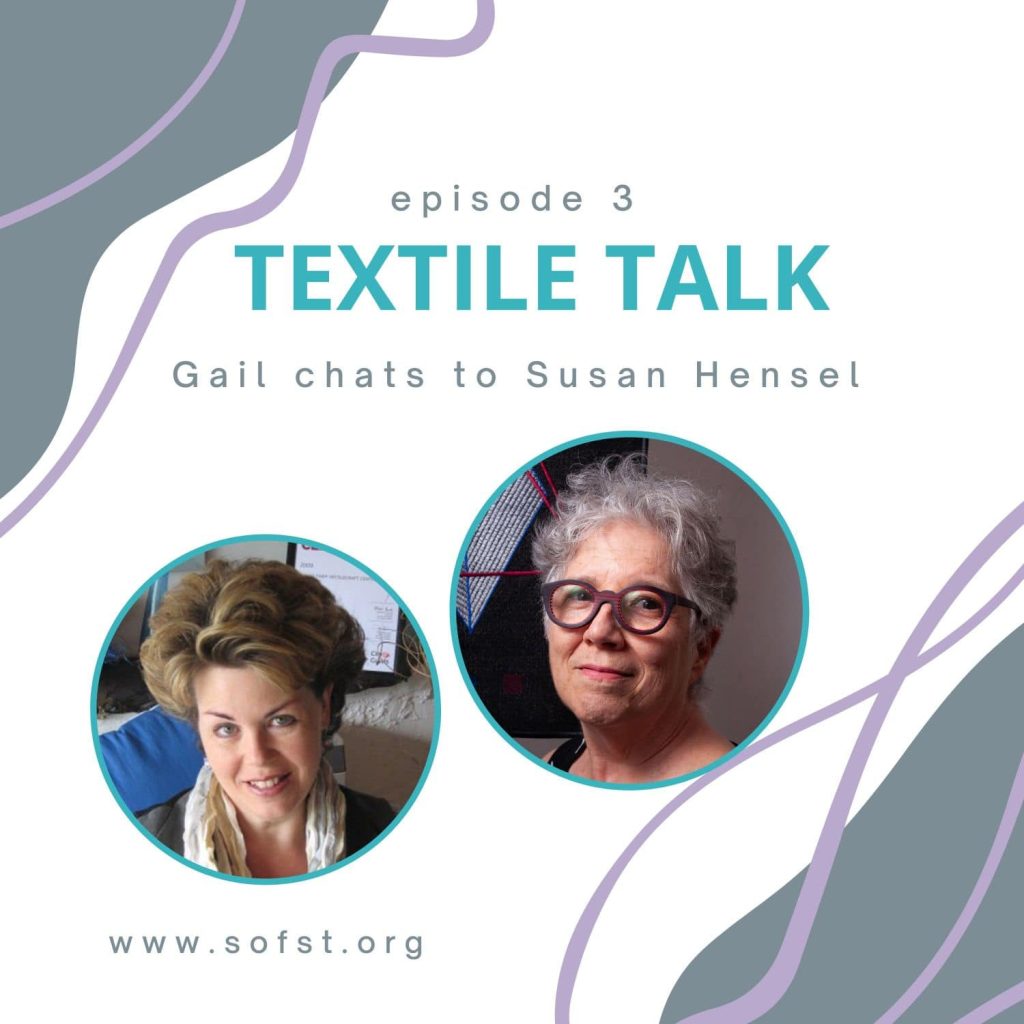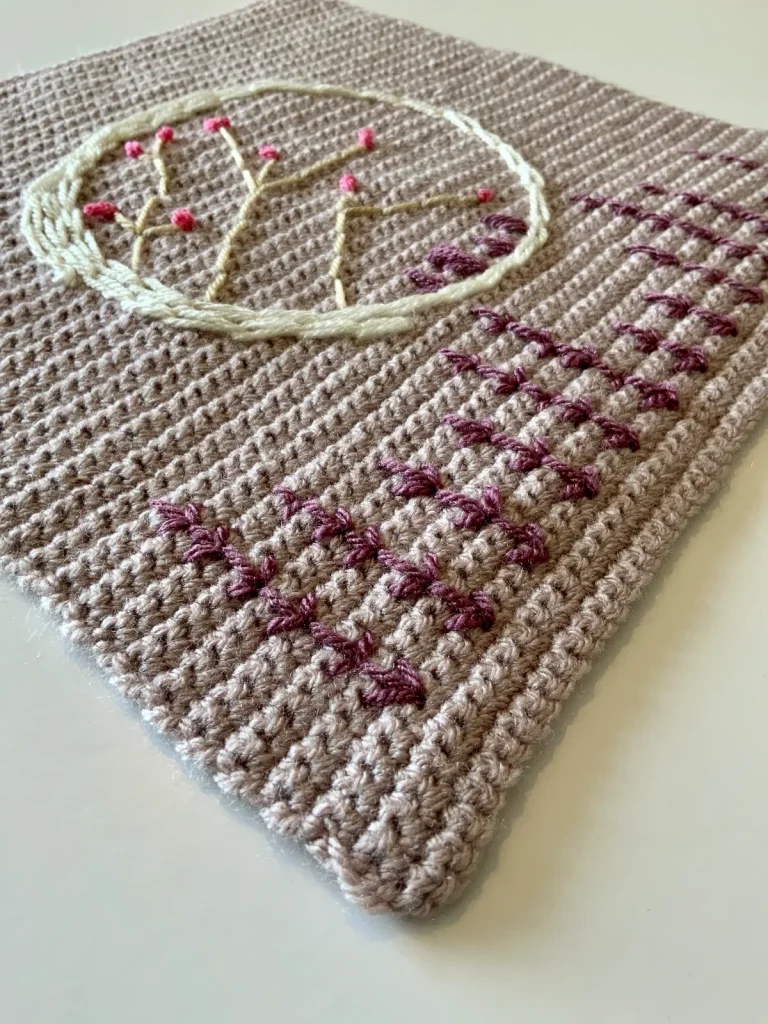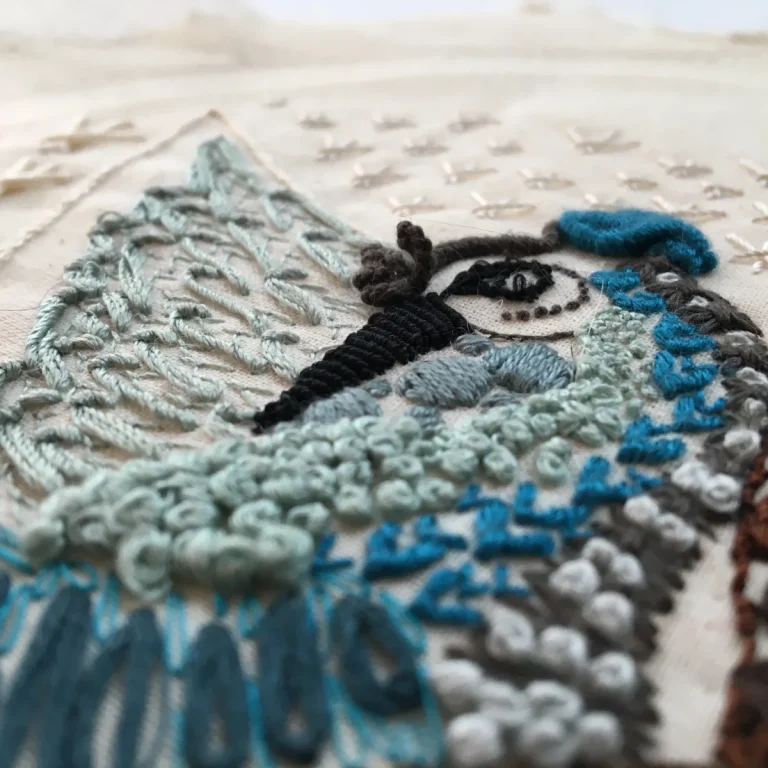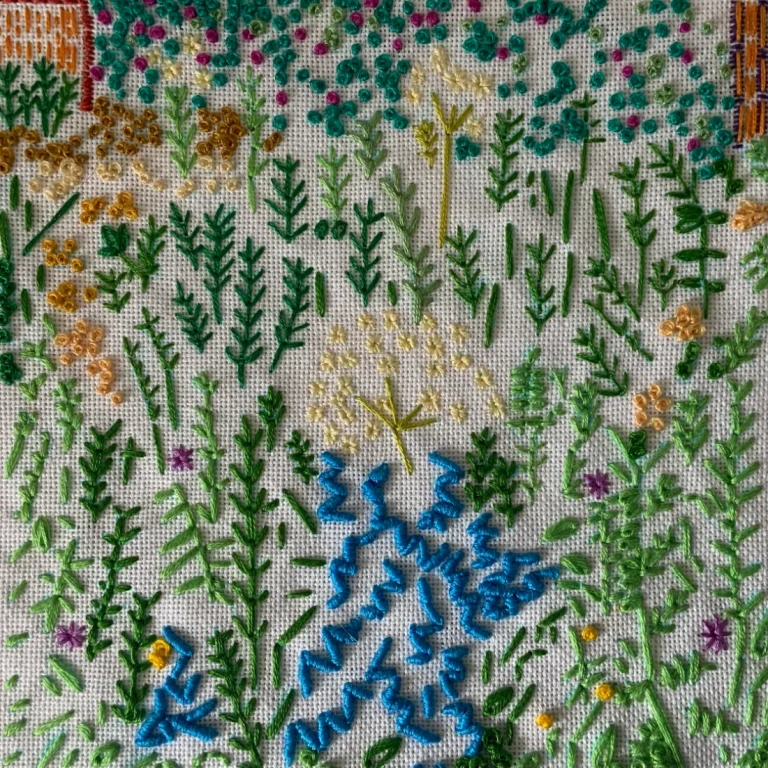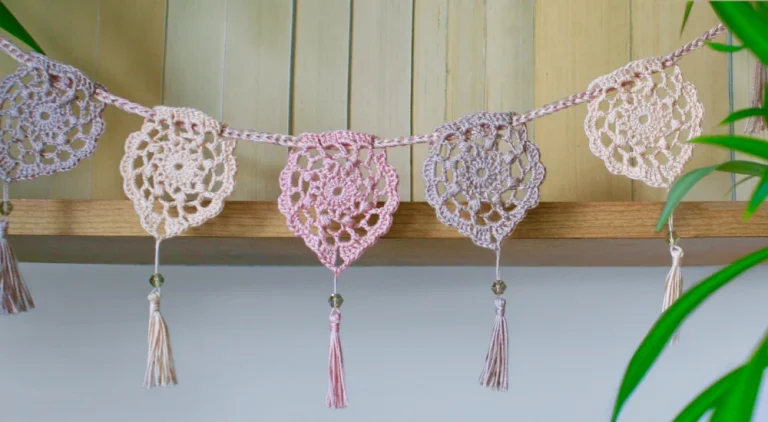Melissa Taylor began learning crochet by attending a beginner’s workshop...
Read More >>FAQs on Studying Art Online
Find below the most frequently asked questions regarding our courses and studying art and craft online. We’re sure you’ll have plenty of questions about how our courses work, so we’ve conveniently compiled a list of the most commonly asked ones to help you out.
Click on a question to display the answer. If you can’t find an answer to the question you have, please feel free to contact us. We will endeavour to help you with any questions you have if you would like to study textiles online or enrol on an art and craft course.

